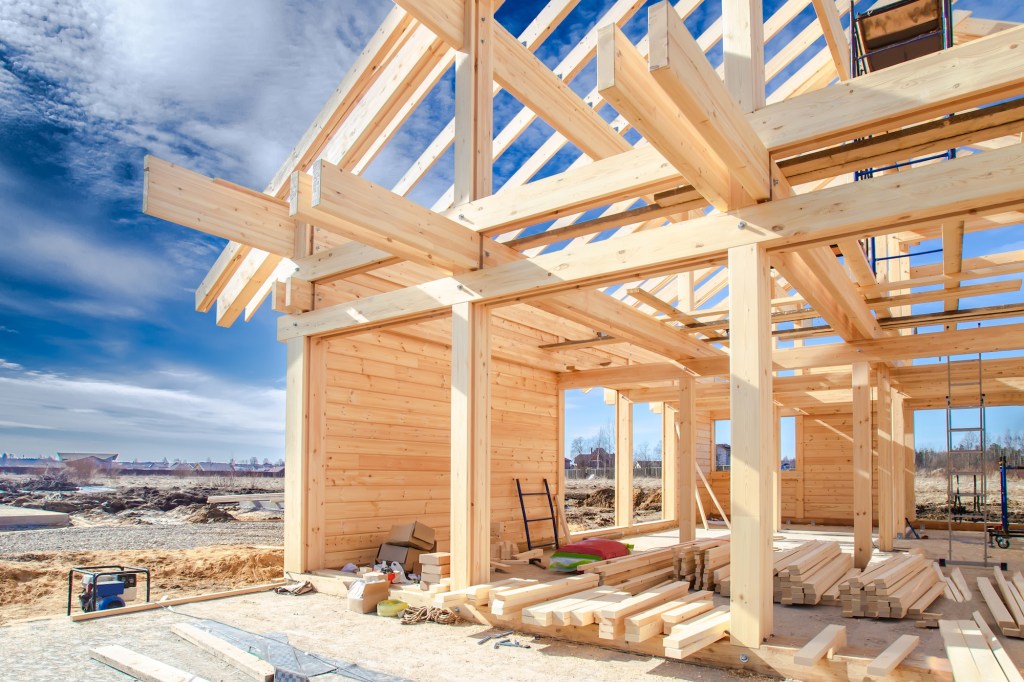Privately owned housing starts in February were at a seasonally adjusted annual rate of 1,769,000, which is 6.8% above the revised January estimate of 1,657,000 and 22.3% above the February 2021 rate of 1,447,000, according to the U.S. Census Bureau and the Department of Housing and Urban Development.
Single‐family housing starts last month were at a rate of 1,215,000, or 5.7% above the revised January figure of 1,150,000. The February rate for units in buildings with five units or more was 501,000.
“Today’s starts report captures that builders and developers are doing everything in their power to get more homes built in the face of supply shortages, a tight labor market, and limited lot inventory,” says Ali Wolf, chief economist at Zonda. “Looking forward, we anticipate starts to increase given the growth in lots under development, but a significant ramp-up in inventory will take time.”
Housing units authorized by building permits in February were at a seasonally adjusted annual rate of 1,859,000, which is 1.9% below the revised January rate of 1,895,000 but 7.7% above the February 2021 rate of 1,726,000. Single‐family authorizations last month were at a rate of 1,207,000, or 0.5% below the revised January figure of 1,213,000. Authorizations of units in buildings with five units or more were at a rate of 597,000.
February’s housing completions were at a seasonally adjusted annual rate of 1,309,000, which is 5.9% above the revised January estimate of 1,236,000 but 2.8% below the February 2021 rate of 1,347,000. Single‐family housing completions last month were at a rate of 1,034,000, or 12.1% above the revised January rate of 922,000. The February rate for units in buildings with five units or more was 266,000.
“The strength in single-family construction was expected as a surge in new-home sales occurred in December and January due in part to what we believe to be many home buyers rushing to lock in their purchases as they anticipated mortgage rates soon rising,” says Doug Duncan, chief economist at Fannie Mae. “Given that home builders have continued to struggle to work through their order backlogs in light of materials and labor scarcity issues, there’s still strong near-term support for new housing construction.”



